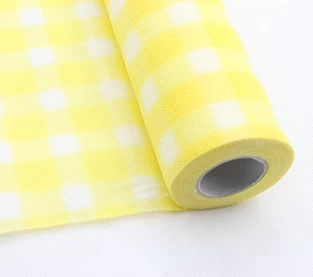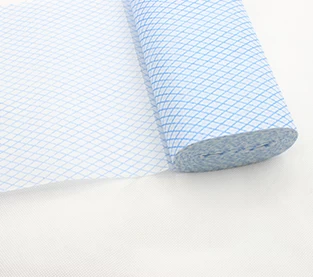Product: Oem Brand Supermarket Multicolor Reusable Non Woven T-shirt Bag
MOQ: 10000 pcs
Feature: Flat,Folding,Luxury
Material: PP Non Woven Fabric
Size: Custom sizes.
Design: Welcome custom logo and design. Welcome OEM.
Color: Full Color of CMYK,Pantone Color as customer requirements
Weight: Based on size & material,thickness
Delivery Time: 10-15 days after confirmed the final artwork and order
Product: Custom Branded Supermarket Oem Shopping Non Woven Vest Tote Bag
MOQ: 10000 pcs
Feature: Flat,Folding,Luxury
Material: PP Non Woven Fabric
Size: Custom sizes.
Design: Welcome custom logo and design. Welcome OEM.
Color: Full Color of CMYK,Pantone Color as customer requirements
Weight: Based on size & material,thickness
Delivery Time: 10-15 days after confirmed the final artwork and order
Product: Wholesale Brand Supermarket Oem Non Woven T-Shirt Vest Bags
MOQ: 10000 pcs
Feature: Flat,Folding,Luxury
Material: PP Non Woven Fabric
Size: Custom sizes.
Design: Welcome custom logo and design. Welcome OEM.
Color: Full Color of CMYK,Pantone Color as customer requirements
Weight: Based on size & material,thickness
Delivery Time: 10-15 days after confirmed the final artwork and order
Product: Premium Convenient Brand Supermarket Shopping Nonwoven Vest Bag
MOQ: 10000 pcs
Feature: Flat,Folding,Luxury
Material: PP Non Woven Fabric
Size: Custom sizes.
Design: Welcome custom logo and design. Welcome OEM.
Color: Full Color of CMYK,Pantone Color as customer requirements
Weight: Based on size & material,thickness
Delivery Time: 10-15 days after confirmed the final artwork and order
Product: OEM Eco-Friendly Portable Reusable Shopping Non Woven Vest Bag
MOQ: 10000 pcs
Feature: Flat,Folding,Luxury
Material: PP Non Woven Fabric
Size: Custom sizes.
Design: Welcome custom logo and design. Welcome OEM.
Color: Full Color of CMYK,Pantone Color as customer requirements
Weight: Based on size & material,thickness
Delivery Time: 10-15 days after confirmed the final artwork and order


Nevertheless, the consumption of viscose inwiping applications(Rayon Nonwoven Fabric Vendor) is quite sensitive relative to the cost of alternative fibers. In fact, viscose is often mixed with polyester to produce a water-tangled rag substrate. The mixing ratio of wet wipes is usually 50/50 or60/40. Because of its softness and hydrophilicity, viscose(Viscose Non Woven On Sales) used to account fora higher proportion in the past. However, viscose staple fibers are more expensive than polyester. Therefore, you can change the blending ratio, reducethe amount of viscose, and increase the amount of polyester as a measure to reduce costs. The further increase in the price of viscose over polyester will lead to an increase in the replacement rate and a decrease in the prospect of viscose capacity.